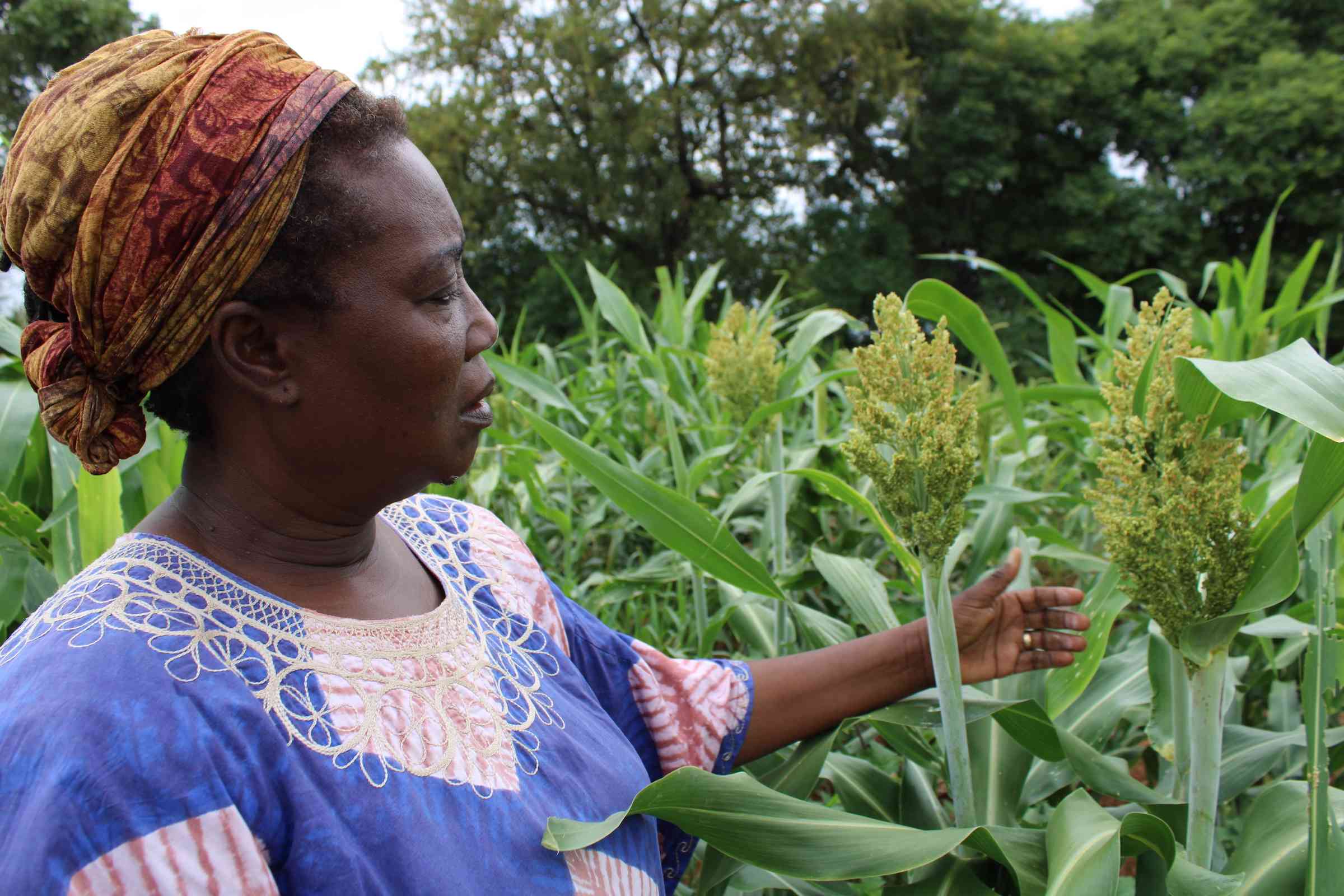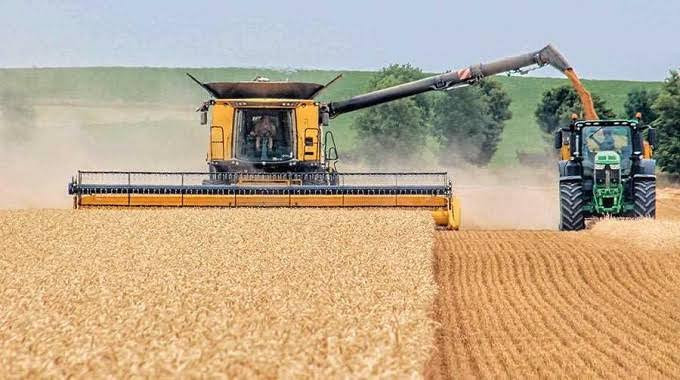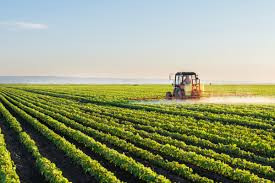
FODDER crops such as velvet bean (mucuna pruriens) and lab-lab (lablab purpureus) have bolstered subsistence farmers such as Edson Mbedzi of Chamnangana village, Beitbridge district in Matabeleland South.
Mbedzi is one of the 390 famers who received fodder seed and technical assistance through the Livestock Production Systems in Zimbabwe (LIPS-Zim) project this year. He said he had moved from only producing fodder-based feed for his livestock to commercialised hay bale production by producing more for sale during dry periods.
During the 2022/23 season, Mbedzi produced 31 bales weighing approximately 20kg each and he is looking forward to selling the bales just like he did in the previous harvest.
“Last season I managed to sell my hay bales at US$3 each, but through the business development training I received through the project, I will be selling each hay bale at US$7 which is definitely a game changer for me and my family,” Mbedzi said.
He added that he produced eight bags of livestock feed in the 2021/22 farming season which he is still feeding his livestock after selling some of the produce.
Another farmer, Zondani Sibanda from Madaulo village, ward 3, also in Beitbridge, is also planning to commercialise the production of velvet bean in partnership with other farmers in the project.
In addition to selling fodder seed to local farmers, Sibanda said he had engaged a local livestock feed manufacturing company to supply velvet bean seed grain to them and they ordered five tonnes of the seed grain.
LIPS-Zim project co-ordinator Sikhalazo Dube revealed that 13 farmers from Buhera ward 13 prepared 140 bales of native grass hay, 70 of which were sold at US$1 per bale to the project.
- Govt gets tough on veld fires
- Govt gets tough on veld fires
- LIPS-Zim empowers smallholder farmers
- Beitbridge farm boosts food security under arid conditions
Keep Reading
Two farmers from ward 15 prepared 25 bales of lablab hay which were sold to a beef feedlot in the same locality at US$2 per bale.
Dube added that a total of “six farmers were trained on fodder conservation and sorghum-velvet bean mixed silage making at on-farm demonstrations conducted by the project on two farm sites”.
In Zimbabwe, more than half of the country’s 15 million people depend on agriculture, but productivity is generally low due to negative effects of climate change, input shortages and access to, and limited knowledge of good agricultural practices.
The four-year European Union-funded LIPS-Zim project focuses on increasing agricultural productivity in nine districts in Zimbabwe’s agro-ecological regions IV and V.
These are semi-arid areas that receive little rainfall, experience frequent droughts and where crop production is nearly impossible without irrigation.
Households were selected for livestock feeding trials using diets based on velvet bean, lab-lab and cowpea. The farmers were also trained on how to grow drought-tolerant forages, produce hay and make home-based feeds.
Over 900 farmers in Beitbridge, Gwanda, Mutoko, Chiredzi, Nkayi and Buhera districts have received fodder seed in the past years as part of the assistance offered by LIPS-Zim project.
By the end of the LIPS-Zim project in 2023, it is expected that it would have increased incomes and ensured the food security for more than 50 000 rural Zimbabweans.
Director of livestock research in the Lands, Agriculture, Fisheries, Water and Rural Resettlement ministry Andrew Chamisa said the commercialisation of fodder production by smallholder farmers was a welcome development.
“The government is supportive of programmes that promote fodder production by smallholder farmers in Zimbabwe, as this is in line with government policy,” he said.
“In 2020, the government put in place the livestock growth plan that seeks to increase livestock production and productivity by our farmers. This plan is anchored on three major pillars which are: animal health, animal genetics and animal nutrition.”
He added: “Fodder production falls under animal nutrition, of which LIPS-ZIM project is complementing government efforts by training and raising awareness on the production of fodder by smallholder farmers.
“In addition, the project is also teaching farmers how to formulate on-farm feeds using the fodder they will have produced in order to reduce production costs as well as save their animals during harsh periods such as long dry seasons and droughts.”
Chamisa urged the project to continue raising awareness in order to increase adoption of fodder technologies by as many farmers as possible in the country.
He also revealed that indications on the ground are that more farmers are adopting fodder production, as shown by the demand for fodder seed and the quality of animals being fed supplementary diets (fodder) by farmers.
According to Chamisa, some farmers who have benefited from fodder production have improved their lifestyles by sinking boreholes and installing solar systems at their homesteads, as well as send their children to school.
Although the project is generally long-term, impact is already being felt.
The LIPS-Zim is being implemented by the International Livestock Research Institute, the International Maize and Wheat Improvement Centre (CIMMYT), the French agricultural research and cooperation organisation and the University of Zimbabwe in partnership with the government.
CIMMYT’s crop scientist Isaiah Nyagumbo commended efforts to upscale fodder production through LIPS-Zim saying they help to alleviate drought-induced livestock feed shortages which in turn result in loss of livestock among smallholder farmers.
“The shortage of feed particularly during the long dry winter months when natural pastures are at their lowest is a critical factor in the productivity of livestock in Zimbabwe’s semi-arid regions.
“During this time farmers often rely on crop residue from cereals such as maize and sorghum to supplement the grazing from natural pastures. Unfortunately, the amount of crop residue available as livestock feed is also directly dependent on the biomass yield from such crops,” Nyagumbo said.











